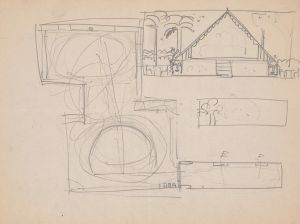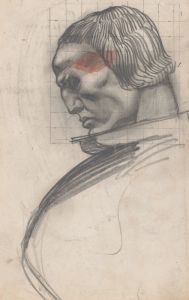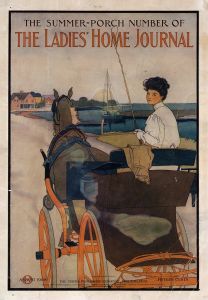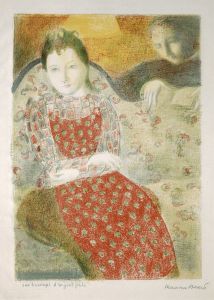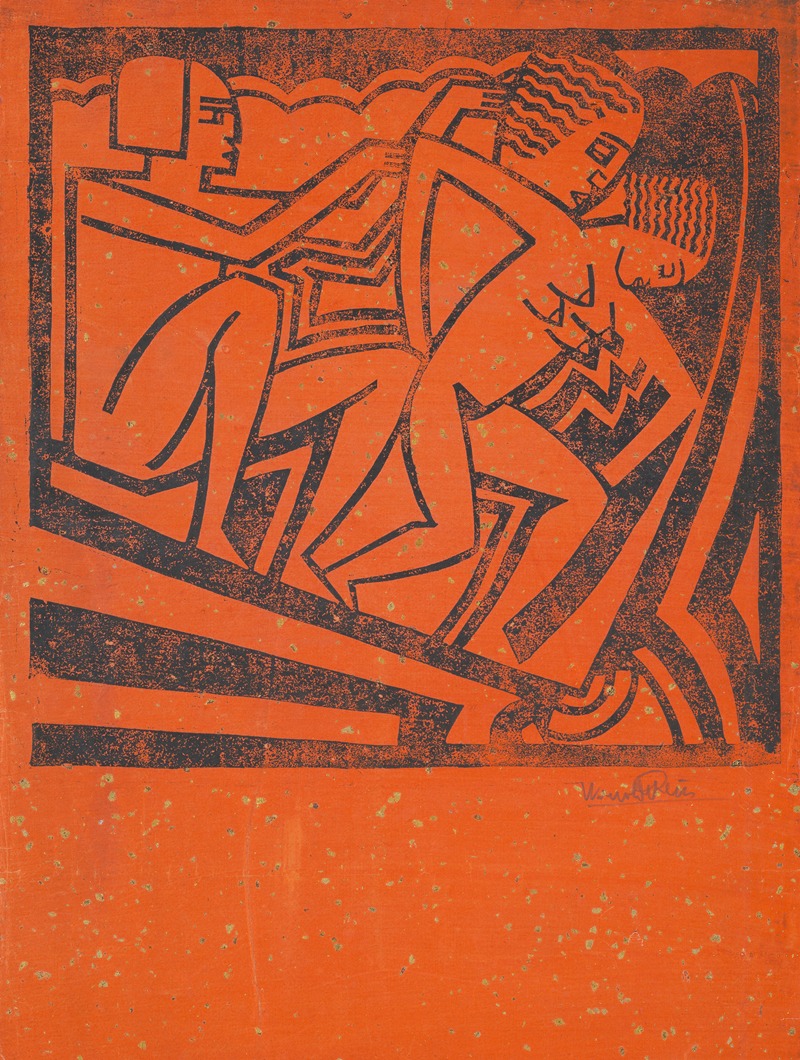
Design for fine art print, ‘Three Figures’.] [Expressionist scene with African influence
A hand-painted replica of Winold Reiss’s masterpiece Design for fine art print, ‘Three Figures’.] [Expressionist scene with African influence, meticulously crafted by professional artists to capture the true essence of the original. Each piece is created with museum-quality canvas and rare mineral pigments, carefully painted by experienced artists with delicate brushstrokes and rich, layered colors to perfectly recreate the texture of the original artwork. Unlike machine-printed reproductions, this hand-painted version brings the painting to life, infused with the artist’s emotions and skill in every stroke. Whether for personal collection or home decoration, it instantly elevates the artistic atmosphere of any space.
Winold Reiss (1886-1953) was a German-American artist known for his portraits and graphic designs, particularly those that depicted Native American and African American subjects. Born in Karlsruhe, Germany, Reiss moved to the United States in 1913, where he became a prominent figure in the Harlem Renaissance, an intellectual and cultural revival of African American art and literature during the 1920s and 1930s.
One of Reiss's notable works is the fine art print titled "Three Figures," an expressionist scene with African influence. This piece exemplifies Reiss's unique style, which often combined elements of European modernism with themes and subjects drawn from African and Native American cultures. His work in this area was pioneering, as he sought to portray his subjects with dignity and respect, countering the often stereotypical and derogatory depictions prevalent in mainstream American art of the time.
"Three Figures" showcases Reiss's skill in capturing the essence of his subjects through bold lines, vibrant colors, and dynamic compositions. The expressionist style of the piece is characterized by its emotional intensity and the use of exaggerated forms to convey deeper psychological and emotional states. This approach aligns with the broader goals of the Harlem Renaissance, which aimed to redefine African American identity and cultural expression.
Reiss's interest in African art and culture was part of a larger trend among European and American artists in the early 20th century, who were increasingly influenced by non-Western art forms. This movement, often referred to as "Primitivism," sought to break away from traditional Western artistic conventions and explore new aesthetic possibilities. However, unlike some of his contemporaries who appropriated these influences superficially, Reiss engaged deeply with the cultures he depicted, often spending time with his subjects and learning about their traditions and histories.
In addition to his fine art prints, Reiss was also known for his work as a muralist and illustrator. He created murals for several public buildings, including the Cincinnati Union Terminal and the Hotel St. George in Brooklyn. His illustrations appeared in various publications, including the influential magazine "The New Negro," edited by Alain Locke, which played a key role in promoting the Harlem Renaissance.
Reiss's contributions to American art were significant, not only for his technical skill and innovative style but also for his commitment to representing marginalized communities with authenticity and respect. His work continues to be celebrated for its artistic merit and its role in challenging and expanding the boundaries of American art and culture.
Overall, "Three Figures" by Winold Reiss is a testament to the artist's ability to blend expressionist techniques with African influences, creating a powerful and evocative piece that reflects the cultural and artistic dynamism of the early 20th century.





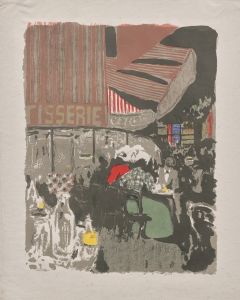

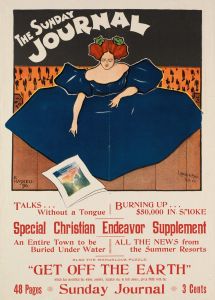
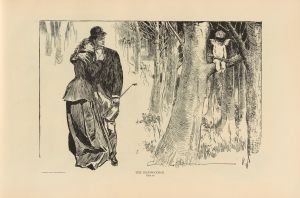
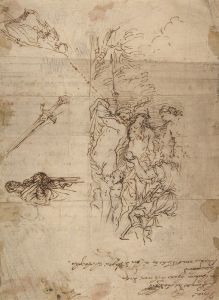
![[Graphic designs for the Modern Art Collector Magazine.] [Medieval festival theme](/imgs/249267/s/winold-reiss-graphic-designs-for-the-modern-art-collector-magazine-medieval-festival-theme-e21959d.jpg)
![[Interior design drawings for unidentified rooms.] [Sketch for room colored green and orange](/imgs/249269/s/winold-reiss-interior-design-drawings-for-unidentified-rooms-sketch-for-room-colored-green-and-orange-9a5c830b.jpg)
![[Miscellaneous small sketches for inlaid table tops.] [Design with dancing couple motif](/imgs/249270/s/winold-reiss-miscellaneous-small-sketches-for-inlaid-table-tops-design-with-dancing-couple-motif-21782590.jpg)
![Design drawings for miscellaneous interiors, some possibly related to the Hotel St. George, New York, NY.] [Sketch for miscellaneous interior](/imgs/249278/s/winold-reiss-design-drawings-for-miscellaneous-interiors-some-possibly-related-to-the-hotel-st-george-new-york-ny-sketch-for-miscellaneous-interior-28d93815.jpg)

